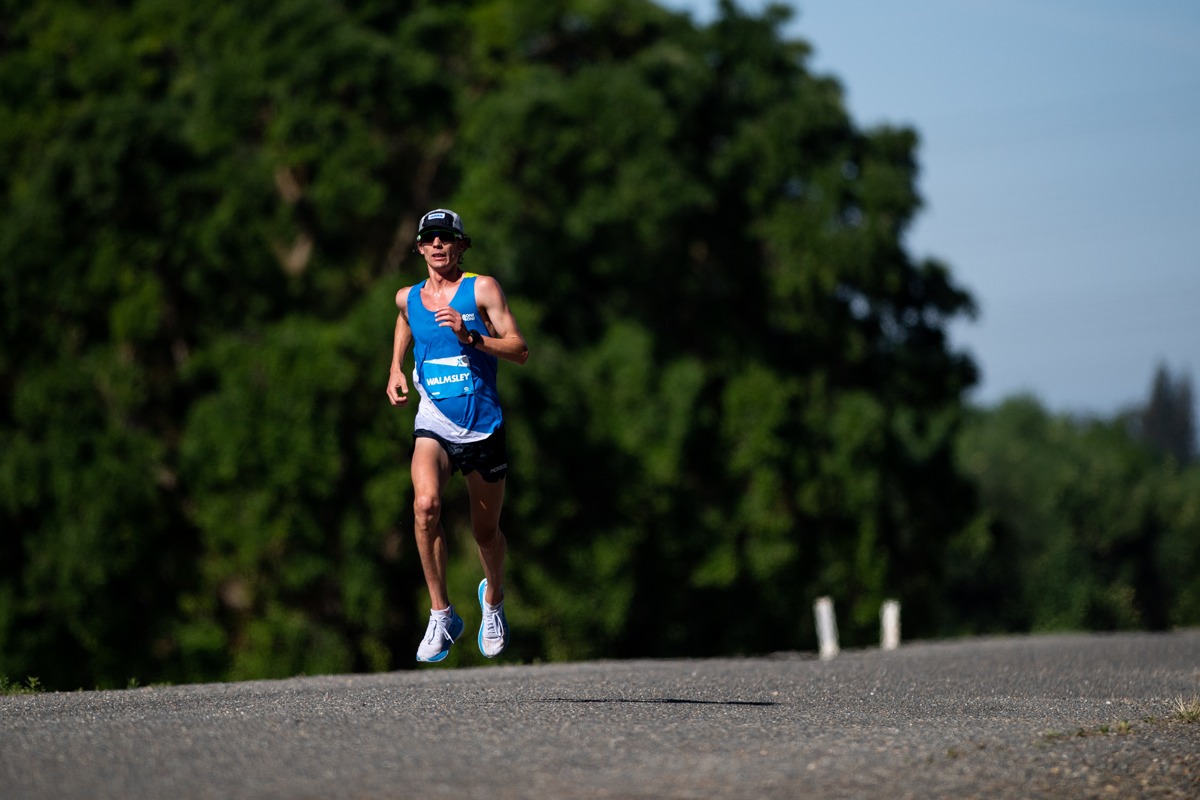Distance is not the ultramarathon’s absolute challenge. Rather, the challenge lies in covering the distance within a limited timeframe.
Most everyone reading this article could complete 100 miles in several days without much issue; however, running 100 miles in less than 30 hours would be a much greater test. Add to this the component of competition, and the objective becomes even more demanding. In order to finish under cutoffs and race well against your peers, you must perfect your ability to run at a steady pace for a long period of time.
Stamina-based workouts help you achieve this through lactate threshold improvement and learning to run by effort — two essential skills when racing on rough trails or hilly road courses.
What Is Lactate Threshold?
Blood lactate is formed through any simple muscle movement. During light activity, the body is able to rid the muscles of the small amount of lactate created.
However, at higher exercise intensities, muscles are flooded with lactate and a point is eventually reached at which the body cannot clear the large amounts of lactate created. We are all familiar with this feeling: burning muscles, the inability to produce power, and the inevitable need to slow down. Lactate threshold (LT), the most important determinant for endurance athlete success, has been reached.
Stamina-based workouts enable the athlete to shift LT toward faster speeds and harder efforts.
Keep in mind that stamina-based training is not speedwork. In fact, the most difficult aspect of LT improvement is to keep from running these workouts too quickly. Pushing yourself to go longer at a given pace rather than faster is the key component.
In general, LT is attained near a one-hour race pace and stamina-based training focuses on working at or near this point. For elite runners, that can be nearly a half-marathon pace, for some it’s a 10-mile pace, and for others, it’s a 10-kilometer pace. Running too fast will only tire you and shorten the amount of time you are able to hold your effort within this beneficial range.
Unlike your endurance-based workouts, stamina-based workouts require 10- to 30-minute warmup and cooldown periods.
Examples of Stamina-Based Workouts
Steady State Runs
These are great workouts to introduce into your training if you haven’t raced in a while, are new to stamina-based workouts, or while building your base for an upcoming racing season.
Steady state runs are performed slightly below LT — at a pace you’d race for between 1 hour, 40 minutes and 2 hours, 15 minutes, or roughly half-marathon to 30k speeds. If you train by heart rate, you’ll want to stay between 83% and 87% of maximum.
Twenty minutes at a steady state pace will provide training benefits early in the training cycle, but as your fitness improves, work up to an hour or more.
Tempo Runs
The tempo run is probably the most misinterpreted workout in the running community. Tempo runs are more intense and thus shorter in duration than steady state runs.
They last between 15 and 40 minutes and are performed at LT, which is between a 50- to 70-minute race pace. For most, this is achieved at nearly 12k to half-marathon race pace. Heart rates should fall between 85% and 90% of maximum.
Ultramarathon champion Jim Walmsley extolled the importance of tempo work in this iRunFar Tarawera 100k pre-race interview, “Then, the up-tempo runs, we were doing a little bit of that before the JFK 50 Mile. I started feeling more comfortable again for this training block. I hope that continues. I’d like to get more sharper workouts in and more up-tempo stuff, because I think it’s really an x-factor in ultrarunning right now. It just transfers to your efficiency in running on everything. It’s been huge.”
Tempo Intervals
If you find the length of tempo runs tough to recover from or just too daunting, try tempo intervals as a way to increase your stamina. Though these are slightly faster than tempo runs, they are broken into two or more repeats with short (2- to 5-minute) recovery jogs in between.
Tempo intervals should be run at 40- to 50-minute race pace or appropriately 10k to 15k race pace. Each repeat should last between 6 and 15 minutes. The longer repeats necessitate a longer recovery interval. Start with short repeats and increase their length as your fitness and confidence develop.
Thirds Progression Runs
Thirds progression runs are an exception to the rules. No warmup is required as this workout begins at a comfortable, conversational pace; however, as the workout progresses, you pass from an endurance-based training zone into a stamina-based training zone. As the name implies, the workout is split into thirds. If you’re new to thirds progression runs, start with 45 to 60 minutes and work up to 90 to 120 minutes.
For the first third, run at a very slow, easy pace. In the second third, increase your pace to a manageable, but steady speed. During the final third of the workout, increase your speed to between marathon and half-marathon effort or roughly 80% and 90% of maximum heart rate.
This is an excellent workout for developing a sense of pace and effort as you pass from one training zone to the next.
Implementing Stamina-Based Workouts
Like the recovery, easy, and long runs described in our endurance-based workouts article, stamina-based workouts can also be performed too aggressively. Learn how pace and perceived effort correlate by running them on flat, even surfaces. As you discover how these particular sessions should feel, take them to more difficult terrain, like the trails and rolling roads where you will need to rely on your honed sense of effort rather than splits on a watch.
Call for Comments
- Do you mix any of the above workouts into your ultramarathon training? If so, which ones and how so?
- How have you found stamina-based workouts to help your ultrarunning?
- On the other hand, have you tried but not found benefit in running such workouts?
[Editor’s Note: As one of iRunFar’s best training articles, we’ve worked with author Ian Torrence to update this article before resharing it.]
References
- McMillan, Greg, Start Slow – Finish Fast: How Three Types of Progression Runs Boost Your Fitness. McMillan Running Company. McMillan Running Company. Web. 15 May 2012.
- McMillan, Greg, Running Physiology and the Four Training Zones. McMillan Running Adult Camp. SpringHill Suites, Flagstaff, AZ. 11 May 2012. Lecture.
- McMillan, Greg, McMillan Running Company’s Online Coaching General Training Information Packet. Flagstaff, AZ: McMillan Running Company. Print.



